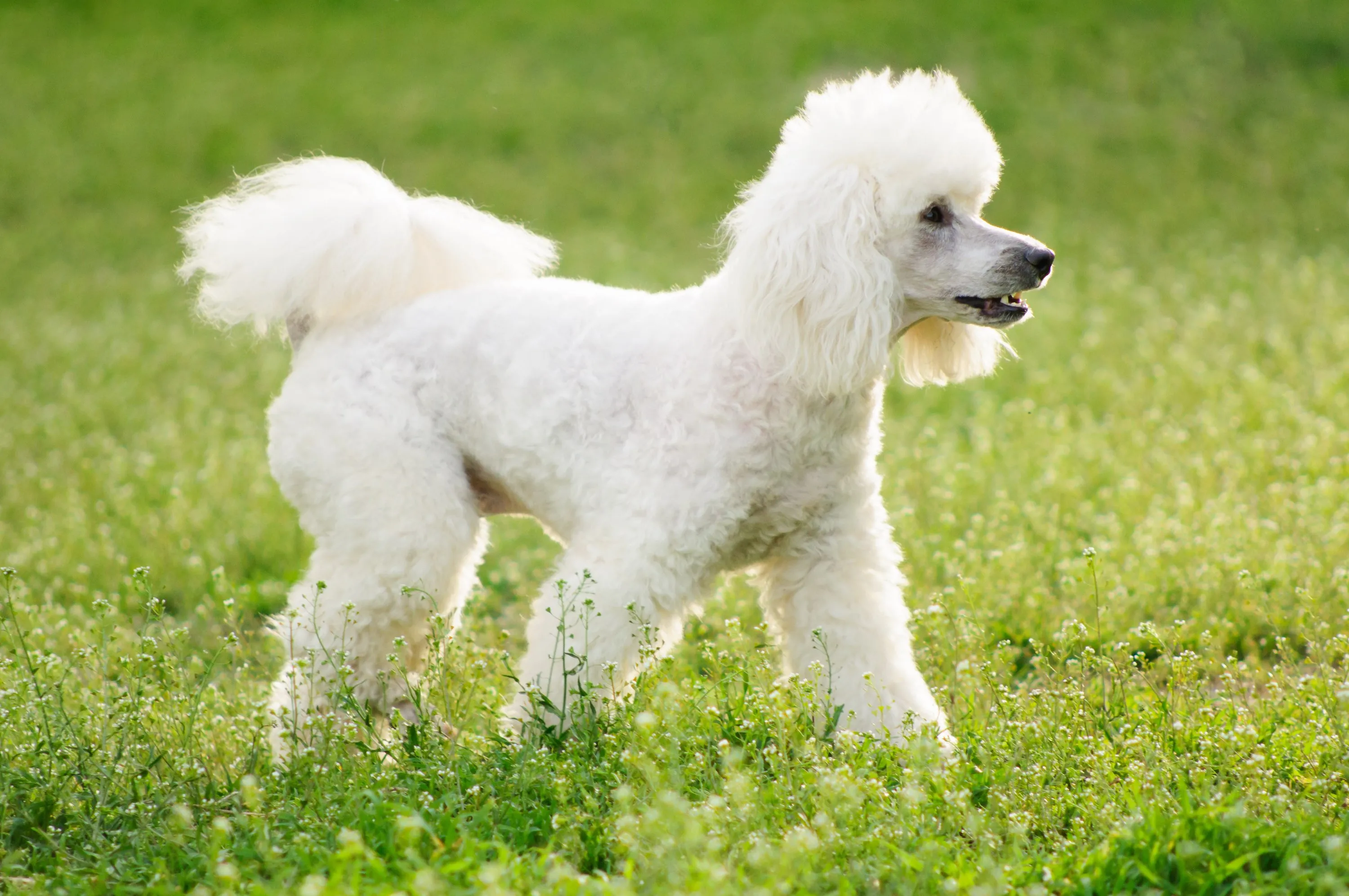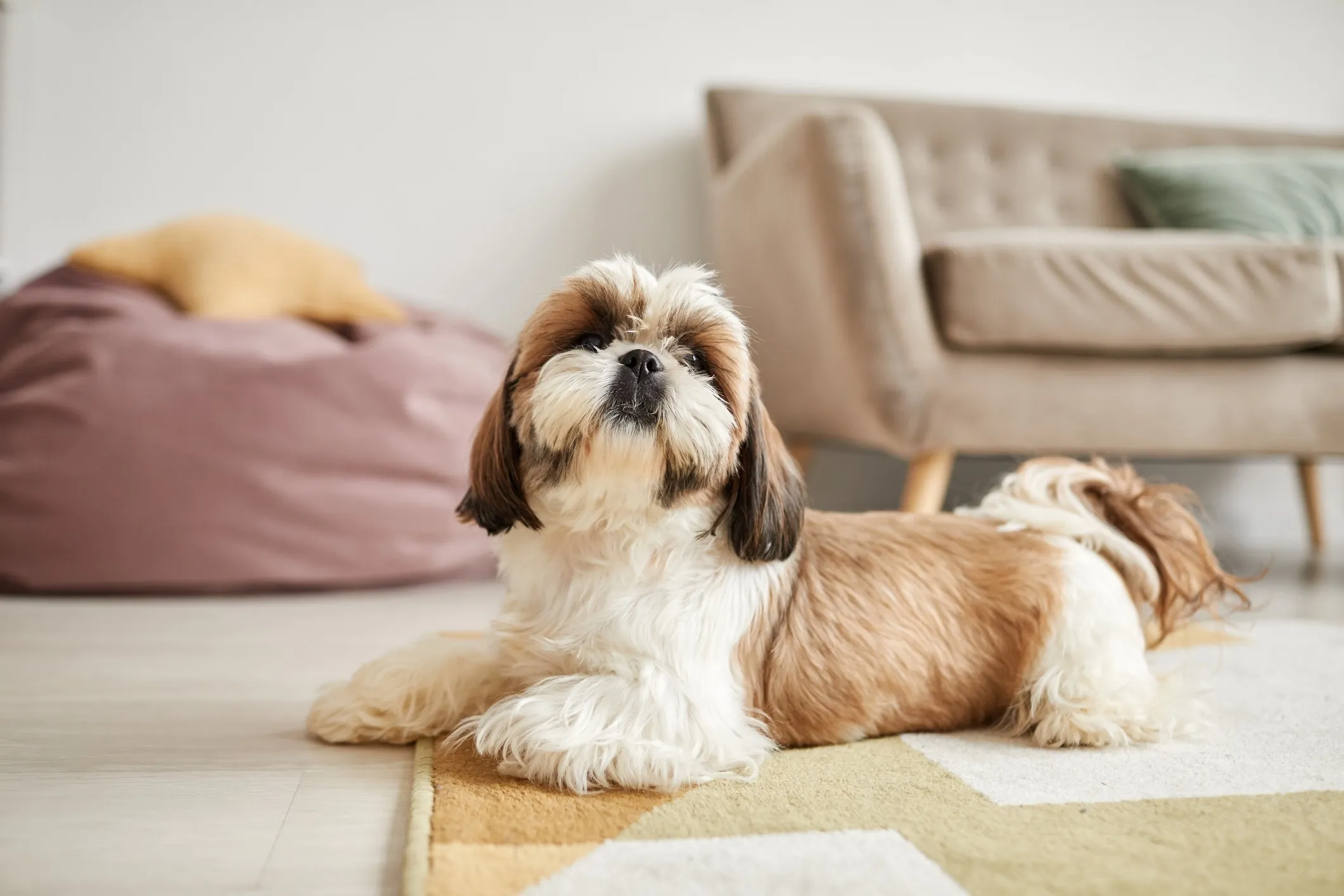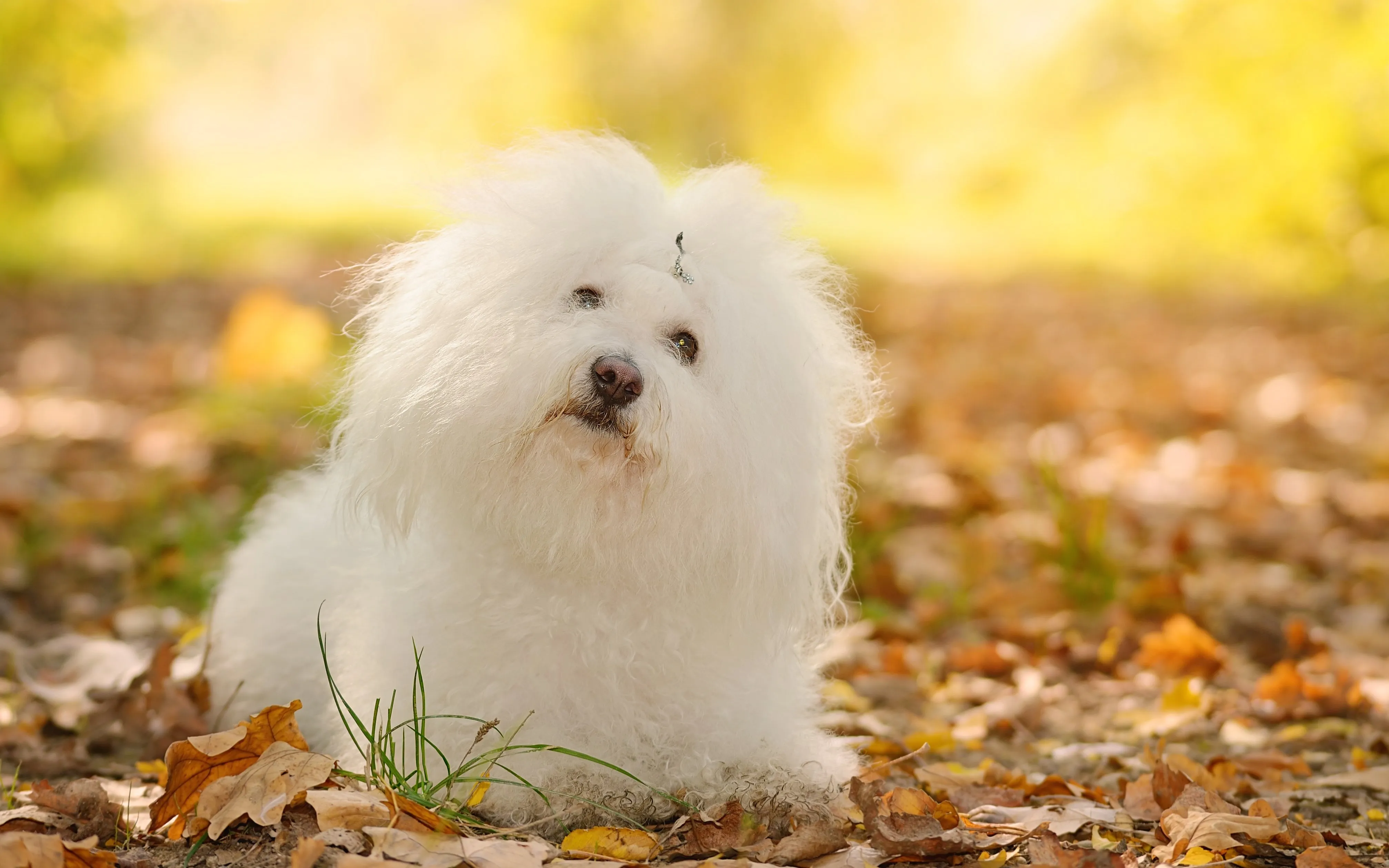For many dog lovers, the joy of companionship can often be tempered by the constant battle against shedding hair. While all dogs produce some dander and hair, certain long-haired dog breeds are renowned for their minimal shedding, making them ideal choices for individuals seeking a cleaner home environment or those with mild allergies. These breeds often possess luxurious, flowing, or curly coats that, rather than falling out, tend to get caught in the surrounding hair, requiring regular grooming rather than daily vacuuming. Understanding which breeds fall into this category can help you find a perfect furry friend who offers affection without the excessive hair mess.
While no dog is entirely “non-shedding” or “100% hypoallergenic” because they all produce dander, saliva, and urine—which contain allergens—some breeds shed significantly less than others. This reduced shedding means fewer airborne allergens, making living with these dogs much more manageable for many families. These specific low-shedding dogs are often characterized by hair that grows continuously, similar to human hair, rather than having a short growth cycle that results in frequent shedding. If you’re looking for a companion that maintains its elegant, long coat without leaving a trail of hair everywhere, exploring types of dogs that don’t shed much is a great starting point.
What Makes a Dog Long-Haired and Low-Shedding?
The secret to a long-haired dog that doesn’t shed much lies in its coat type. Unlike breeds with double coats or short, coarse fur that shed seasonally or continuously, these dogs typically have a single coat or a very fine, hair-like texture. Their hair tends to grow longer and remains attached to the follicle until it’s brushed out or naturally falls out during grooming. This unique characteristic means that instead of shedding hair all over your home, the loose hair gets tangled within their existing coat, making them appear to shed less. Regular brushing becomes a key part of managing their coat, preventing mats and removing loose hair effectively. This also minimizes the spread of dander, which is often attached to shed hair. For a comprehensive overview, you might want to check out this list of dogs that don’t shed.
Top Long-Haired Dog Breeds That Don’t Shed
Many delightful breeds fit the bill for long-haired, low-shedding companions. Here’s a look at some of the best choices, each with its unique charm and characteristics.
1. Poodle
Poodles are perhaps the most famous of the low-shedding breeds, celebrated for their intelligence and distinctive curly coats. Available in Standard, Miniature, and Toy sizes, Poodles boast a single layer of dense, curly hair that traps shed hair, preventing it from spreading around the house. This coat requires regular grooming, including brushing several times a week and professional clipping every 4-6 weeks, to prevent matting and keep them looking their best. Beyond their non-shedding qualities, Poodles are highly trainable and make affectionate family pets.
 White Poodle gracefully navigating through a lush green field, its characteristic curly coat pristine
White Poodle gracefully navigating through a lush green field, its characteristic curly coat pristine
2. Yorkshire Terrier
Affectionately known as “Yorkies,” these small dogs are popular for their long, silky, flowing coats that resemble human hair. Yorkies are known for their spunky yet affectionate personalities, adapting well to various living situations, from apartments to larger homes, as long as they receive ample attention. Their single coat sheds minimally, making them a fantastic choice for those sensitive to dog hair. Daily brushing is essential to keep their long locks free of tangles and mats, and many owners opt for a shorter “puppy cut” to reduce grooming time.
3. Shih Tzu
The Shih Tzu is an ancient companion breed recognized for its luxurious double coat that can grow quite long, often extending to the floor. Despite their thick coat, Shih Tzus are low-shedders. Their friendly and outgoing temperament makes them wonderful family pets, though their flat faces can make them prone to certain health issues like overheating and breathing problems. Regular grooming, including daily brushing and professional trims, is necessary to maintain their beautiful coat and prevent painful mats. Eye cleaning wipes can also help reduce tear stains, a common issue for the breed.
 Brown and white Shih Tzu resting comfortably on a living room floor
Brown and white Shih Tzu resting comfortably on a living room floor
4. Maltese
The Maltese is a small, elegant dog renowned for its floor-length, silky white coat. Despite its opulent appearance, the Maltese is a low-shedding breed, making it another excellent option for those looking to minimize hair around the home. These affectionate and playful companions thrive on human interaction. Their impressive coat requires dedicated grooming to prevent tangles and maintain its pristine condition. Many owners choose to keep their Maltese in a shorter “puppy cut” for easier maintenance.
5. Afghan Hound
The Afghan Hound is perhaps the epitome of a long-haired, low-shedding dog, famous for its strikingly long, flowing, silky coat and aristocratic appearance. These dogs were originally bred for hunting in the mountains of Afghanistan, and their coat protected them from harsh weather. While they are loving with their families, they can be aloof with strangers, necessitating early and consistent socialization. Their extensive grooming needs, including frequent brushing to prevent matting, are a trade-off for their breathtaking, minimal-shedding coat.
 Elegant gray and tan Afghan Hound looking intently at the camera, showcasing its distinctive long, flowing coat
Elegant gray and tan Afghan Hound looking intently at the camera, showcasing its distinctive long, flowing coat
6. Soft Coated Wheaten Terrier
As its name suggests, the Soft Coated Wheaten Terrier boasts a soft, silky coat that feels like wheat. This medium-sized Irish breed sheds minimally, making it a popular choice. Wheatens are known for their lively and spirited personalities, maintaining a high energy level throughout their lives. They require ample exercise and mental stimulation to stay well-behaved. Their coat needs regular brushing to prevent tangles and keep it in good condition, although it doesn’t typically require extensive trimming like a Poodle’s.
7. Coton de Tulear
Originating from Madagascar, the Coton de Tulear is a small breed celebrated for its long, soft, cotton-like coat that is also low-shedding. These easygoing and charming pups are known for their good nature, making them excellent companions for families with children and other pets, especially when properly introduced. Their unique coat requires regular brushing to prevent matting, but their playful and affectionate demeanor makes them a delightful addition to any home.
 White Coton de Tulear sitting calmly in green grass, its fluffy coat gently blowing in the wind
White Coton de Tulear sitting calmly in green grass, its fluffy coat gently blowing in the wind
8. Bichon Frise
With their playful demeanor and curly, white, powder-puff coats, Bichon Frises are a joy to behold. These small dogs are highly intelligent and trainable, quickly mastering basic commands and delighting their families with tricks. Their curly coat is low-shedding, trapping loose hairs within its layers. This means regular brushing and professional grooming appointments are crucial to prevent matting and maintain their characteristic fluffy appearance.
9. Portuguese Water Dog
Originally bred to assist fishermen, the Portuguese Water Dog is a robust, medium-sized breed with a dense, curly, and often long coat that sheds minimally. These intelligent, highly trainable, and friendly dogs are known for their high energy levels and love for water-based activities. Regular exercise, including swimming, is essential to keep them happy and healthy. Their waterproof coat requires consistent grooming to prevent mats and maintain its condition, especially after water adventures. These are great large breed of dog that doesn’t shed if you’re looking for a more active companion.
10. Schnauzer Breeds (Miniature, Standard, Giant)
While their wiry double coats might not be “long and flowing” in the traditional sense, Schnauzers do grow longer furnishings on their faces (beard and eyebrows) and legs, and they are recognized for being low-shedding. The Miniature Schnauzer is the smallest, fitting well into various living environments, while the Standard and Giant Schnauzers are larger, requiring more exercise. All three breeds are intelligent and alert, making great companions for active families. Their coats require regular stripping or clipping to maintain their texture and minimize shedding.
11. Doodle Breeds (Labradoodle, Goldendoodle, Aussiedoodle, Bernedoodle, Schnoodle, Whoodle, Shih-Poo, Shorkie, Malshi)
The rise of “Doodle” breeds, crosses between Poodles and other breeds, has created a diverse group of dogs often inheriting the Poodle’s low-shedding, curly, or wavy coat.
- Labradoodles (Labrador Retriever x Poodle) and Goldendoodles (Golden Retriever x Poodle) are intelligent, friendly, and make excellent family pets with their low-shedding coats.
- Aussiedoodles (Australian Shepherd x Poodle) are highly intelligent and energetic, requiring plenty of exercise and mental stimulation.
- Bernedoodles (Bernese Mountain Dog x Poodle) are known for their gentle demeanor and affectionate nature, often making them popular choices for families.
- Schnoodles (Schnauzer x Poodle) combine two low-shedding breeds, resulting in a dog with a curly or wavy, low-shedding coat.
- Whoodles (Soft Coated Wheaten Terrier x Poodle) are friendly dogs that inherit intelligence and an affectionate nature from both parents, with very little shedding.
- Shih-Poos (Shih Tzu x Poodle) are small, adaptable pups with low-shedding coats.
- Shorkies (Shih Tzu x Yorkshire Terrier) are a charming mix, small, playful, and friendly, inheriting the long, low-shedding coats of both parent breeds.
- Malshis (Maltese x Shih Tzu) are happy, small dogs that thrive on close companionship and possess low-shedding coats.
These doodle varieties typically require frequent grooming to prevent matting due to their varying coat textures. If you’re looking for dog breeds that don’t shed a lot of hair, many of these Poodle mixes are excellent candidates.
12. Lagotto Romagnolo
Originally bred as water retrievers, Lagotto Romagnolo dogs possess a curly, woolly coat that protects them from chilly waters and also sheds minimally. While less common, these dogs are often good with children and other pets, making them suitable family dogs. Their unique coat requires regular grooming to prevent matting and maintain its protective qualities.
13. Barbet
The Barbet, pronounced “bar-bay,” is a cheerful pup with a shaggy, woolly coat that sheds very little. Named for the French word “barbe” (beard), a nod to their characteristic hairy chin, these dogs love to swim. Their protective curly coat needs brushing two to three times a week to keep it in good condition, especially after water activities.
14. Bolognese
These cute dogs originated in Italy and are known for their long, fluffy white coats that, despite their often messy appearance, shed minimally. Bolognese pups are playful, easygoing, and generally get along well with children and other pets, making them adaptable to various living situations. Their long coat requires consistent grooming to prevent mats.
 White Bolognese dog sitting attentively in a beautiful autumn forest setting
White Bolognese dog sitting attentively in a beautiful autumn forest setting
15. Bedlington Terrier
Often described as “a lamb in dog’s clothing,” the Bedlington Terrier is a small, curly-haired breed distinguished by its unique topknot hairdo and pom-pom ear tufts. This breed sheds minimally and thrives on being close to its people, though they can develop separation anxiety if left alone for extended periods. Their woolly coat needs regular grooming to maintain its distinctive appearance.
16. Chinese Crested (Powderpuff Variety)
While the hairless Chinese Crested is well-known, the Powderpuff variety is covered in long, silky hair that sheds minimally. Both varieties are affectionate and playful companions. The Powderpuff’s long coat requires regular brushing to keep it free of tangles and mats.
Tips for Living with Long-Haired, Low-Shedding Dogs
Even with a low-shedding breed, managing their long coats and maintaining a clean environment is important.
Consistent Grooming is Key
Long-haired, low-shedding breeds, while not leaving hair all over your furniture, require dedicated grooming. Their hair grows continuously and will mat if not brushed regularly. Daily or every-other-day brushing is often necessary, depending on the breed and coat type, to remove loose hairs and prevent tangles. Professional grooming every 4-8 weeks for clipping and bathing is also highly recommended. Using appropriate tools, like slicker brushes and detangling sprays, can make the process easier and more comfortable for your dog.
Maintain a Clean Home
Even with minimal shedding, dander and stray hairs can accumulate. Regular vacuuming, dusting, and washing of pet bedding are crucial for minimizing allergens in the home. Utilizing air purifiers and ensuring good ventilation can also help improve air quality, especially for allergy sufferers.
Consult with Your Doctor
If you have allergies, discussing your decision to get a dog with your healthcare provider is important. They can offer guidance on managing symptoms, including medication, nasal sprays, or injections, if necessary. While low-shedding dogs can significantly reduce allergen exposure, it’s also wise to avoid direct contact with a dog’s saliva or urine, as these can still trigger allergic reactions.
Bringing a long-haired, low-shedding dog into your life can be a rewarding experience, offering all the joy of canine companionship with fewer of the shedding woes. With the right breed choice and a commitment to regular grooming and home maintenance, you can enjoy a happy, healthy life with your furry friend.
